Coyote attacks on geese have become a growing concern in many areas. These attacks not only pose a threat to the geese population, but also create safety concerns for humans who may encounter aggressive coyotes. Finding non-lethal solutions to this problem is crucial in order to protect both the geese and the community. By understanding the behavior of coyotes and geese, implementing physical barriers, using scare tactics, installing motion-activated lights, removing potential food sources, practicing non-lethal population control, keeping geese in enclosed areas, using guard animals, educating the community, and monitoring coyote activity, we can effectively mitigate the risk of coyote attacks on geese.
Key Takeaways
- Coyotes are attracted to geese as a potential food source.
- Physical barriers such as fences can prevent coyotes from accessing geese habitats.
- Scare tactics like loud noises and flashing lights can deter coyotes from approaching geese.
- Motion-activated lights can startle coyotes and keep them away from geese habitats.
- Removing potential food sources like garbage and pet food can reduce coyote activity near geese.
Understanding the behavior of coyotes and geese
Coyotes are highly adaptable animals that are known for their intelligence and resourcefulness. They are opportunistic hunters and scavengers, capable of preying on a wide range of animals including geese. Coyotes are known to be territorial and will defend their hunting grounds from other predators. They are also known to be nocturnal animals, which means they are most active during the night.
Geese, on the other hand, are social birds that often form large flocks. They are herbivores and primarily feed on grasses and aquatic plants. Geese are known for their nesting habits and will often build their nests near bodies of water such as lakes or ponds. They are protective of their nests and will aggressively defend them from potential threats.
The behavior of coyotes and geese can often lead to conflicts. Coyotes may see geese as potential prey, especially during nesting season when they are more vulnerable. Geese, on the other hand, may perceive coyotes as a threat to their nests and young. Understanding these behaviors is crucial in finding effective non-lethal solutions to mitigate conflicts between coyotes and geese.
Creating a physical barrier between coyotes and geese
One effective way to prevent coyote attacks on geese is by creating a physical barrier between the two. Fencing options for geese habitats include chain-link fences, electric fences, and netting. Each option has its own benefits and drawbacks.
Chain-link fences are a popular choice for geese habitats as they are durable and provide a strong barrier. However, they can be expensive to install and may not be aesthetically pleasing. Electric fences, on the other hand, can be an effective deterrent as they deliver a mild electric shock to any animal that comes into contact with them. However, they require regular maintenance and may not be suitable for all environments. Netting can also be used to create a physical barrier, but it may not be as effective in deterring coyotes as other options.
Using scare tactics to deter coyotes from geese
Scare tactics can be an effective way to deter coyotes from geese habitats. Noise-making devices such as air horns or sirens can startle and scare away coyotes. Visual deterrents such as scarecrows or reflective tape can also be effective in deterring coyotes. These methods work by creating an environment that is uncomfortable or threatening for the coyotes.
However, it is important to note that scare tactics may not always be effective, especially if the coyotes have become habituated to human presence or if they are highly motivated by food sources. It is also important to regularly change the location or type of scare tactics used to prevent habituation.
Installing motion-activated lights to keep coyotes away
Motion-activated lights can be an effective deterrent for coyotes. These lights work by detecting motion and then turning on, which can startle and scare away the coyotes. The best placement for these lights is near areas where the geese nest or feed, as this is where the coyotes are most likely to be present.
In addition to deterring coyotes, motion-activated lights also have other benefits. They can improve visibility and safety for humans who may encounter coyotes, and they can also deter other potential predators or intruders.
Removing potential food sources for coyotes near geese habitats
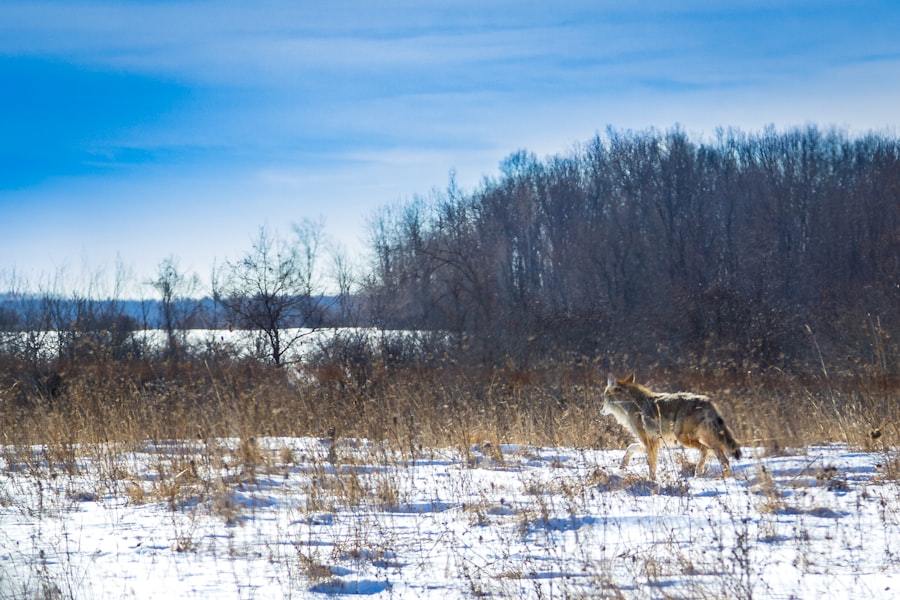
One of the main reasons why coyotes are attracted to geese habitats is the availability of food sources. Identifying and removing these food sources can help deter coyotes from the area. Potential food sources include garbage, pet food, and bird feeders.
To remove or secure these food sources, it is important to properly dispose of garbage in secure containers, feed pets indoors or in enclosed areas, and remove or elevate bird feeders to make them inaccessible to coyotes. Ongoing maintenance is crucial to ensure that new food sources do not become available.
Using non-lethal methods to control coyote populations
Population control is an important aspect of managing conflicts between coyotes and geese. Non-lethal methods such as sterilization and relocation can be effective in reducing the number of coyotes in an area without resorting to lethal measures.
Sterilization involves capturing coyotes and surgically sterilizing them to prevent reproduction. This method can be effective in reducing the population over time, but it requires ongoing efforts and may not be suitable for all environments.
Relocation involves capturing coyotes and releasing them in a different location away from geese habitats. This method can be effective in removing problem individuals, but it may not be a long-term solution as relocated coyotes may return or cause conflicts in their new location.
Keeping geese in enclosed areas to prevent coyote attacks
Keeping geese in enclosed areas can be an effective way to prevent coyote attacks. Enclosures provide a physical barrier between the geese and the coyotes, reducing the risk of predation. There are different types of enclosures that can be used, including aviaries, pens, or fenced-in areas.
When designing an enclosure, it is important to ensure that the geese have adequate space and resources. This includes providing enough room for the geese to move around and access to food and water sources. It is also important to regularly inspect and maintain the enclosure to ensure that it remains secure and predator-proof.
Using guard animals to protect geese from coyote attacks
Guard animals can be an effective way to protect geese from coyote attacks. There are different types of guard animals that can be used, including dogs, llamas, or donkeys. Each type has its own benefits and drawbacks.
Dogs are often used as guard animals due to their protective nature and ability to deter predators. However, they require proper training and socialization to ensure that they do not pose a threat to the geese or other animals.
Llamas and donkeys are also commonly used as guard animals as they have a natural instinct to protect their herd. They are often used in combination with other deterrents such as fencing or scare tactics.
Proper training and care is crucial when using guard animals to protect geese from coyote attacks. This includes socializing the animals with the geese, providing them with adequate shelter and resources, and regularly monitoring their behavior.
Educating the community on the importance of coyote and wildlife conservation
Community involvement is crucial in finding non-lethal solutions to coyote attacks on geese. Educating the public on coyote behavior and conservation efforts can help foster understanding and support for non-lethal methods.
Community education can be done through workshops, presentations, or informational materials. It is important to provide accurate information about coyote behavior, their role in the ecosystem, and the importance of coexistence with wildlife.
By involving the community in conservation efforts, we can create a more sustainable and harmonious relationship between humans and wildlife.
Monitoring coyote activity near geese habitats and taking necessary precautions
Ongoing monitoring of coyote activity near geese habitats is crucial in order to identify potential conflicts and take necessary precautions. This can be done through regular surveys, camera traps, or tracking signs such as footprints or scat.
If coyotes are spotted near geese habitats, it is important to take necessary precautions to prevent conflicts. This may include implementing scare tactics, installing motion-activated lights, or removing potential food sources.
It is also important to report any aggressive or unusual coyote behavior to local authorities or wildlife agencies. They can provide guidance and assistance in managing the situation.
In conclusion, finding non-lethal solutions to coyote attacks on geese is crucial in order to protect both the geese population and the community. By understanding the behavior of coyotes and geese, creating physical barriers, using scare tactics, installing motion-activated lights, removing potential food sources, practicing non-lethal population control, keeping geese in enclosed areas, using guard animals, educating the community, and monitoring coyote activity, we can effectively mitigate the risk of coyote attacks on geese. It is important to approach this issue with compassion and respect for both wildlife and human safety.
If you’re looking for ways to protect your geese from coyotes, you might also be interested in learning about effective strategies for keeping chickens safe. Poultry Wizard offers a helpful article on chicken coop design in Grand Island, NE, which includes tips on how to keep predators like coyotes at bay. By implementing some of these techniques, you can create a secure environment not only for your geese but also for your chickens. Check out the article here to discover practical solutions that will help safeguard your feathered friends.
FAQs
What are coyotes?
Coyotes are a species of wild canine found throughout North and Central America. They are known for their adaptability and ability to thrive in a variety of environments.
Why do coyotes pose a threat to geese?
Coyotes are natural predators and will prey on a variety of animals, including geese. They are particularly attracted to domesticated geese, which are often easier to catch than their wild counterparts.
What are some signs that coyotes are in the area?
Some signs that coyotes may be in the area include tracks, scat, and howling. Coyotes are most active at dawn and dusk, so these are the times when you are most likely to see or hear them.
What are some ways to keep coyotes away from geese?
There are several ways to keep coyotes away from geese, including installing fencing, using scare tactics such as loud noises or flashing lights, and removing potential food sources such as garbage or pet food.
Is it legal to kill coyotes?
The legality of killing coyotes varies by location. In some areas, it is legal to hunt or trap coyotes, while in others it is illegal. It is important to check local laws and regulations before taking any action against coyotes.
What should I do if I encounter a coyote?
If you encounter a coyote, it is important to remain calm and avoid approaching or cornering the animal. Make loud noises or throw objects to scare the coyote away. If the coyote appears sick or aggressive, contact local animal control or wildlife officials for assistance.
Meet Walter, the feathered-friend fanatic of Florida! Nestled in the sunshine state, Walter struts through life with his feathered companions, clucking his way to happiness. With a coop that’s fancier than a five-star hotel, he’s the Don Juan of the chicken world. When he’s not teaching his hens to do the cha-cha, you’ll find him in a heated debate with his prized rooster, Sir Clucks-a-Lot. Walter’s poultry passion is no yolk; he’s the sunny-side-up guy you never knew you needed in your flock of friends!

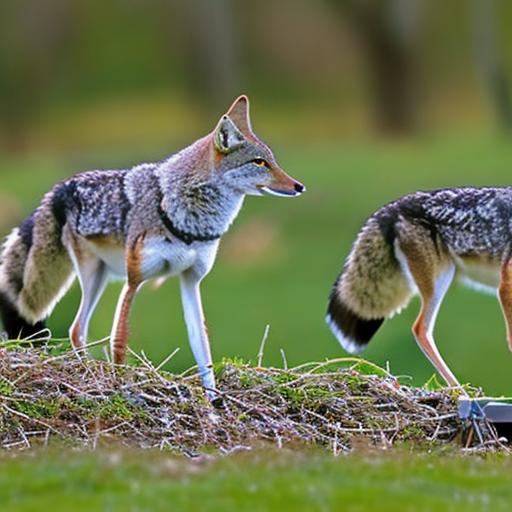
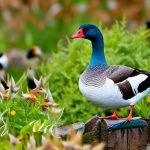
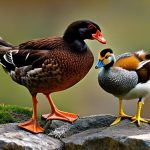
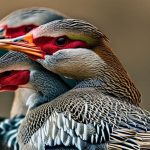



Thank you. I bought geese to deter coyotes from my chickens!
Thanks for your reply Sara! Great to hear. Geese are VERY defensive and definitely work well as protectors! Let me know how you go